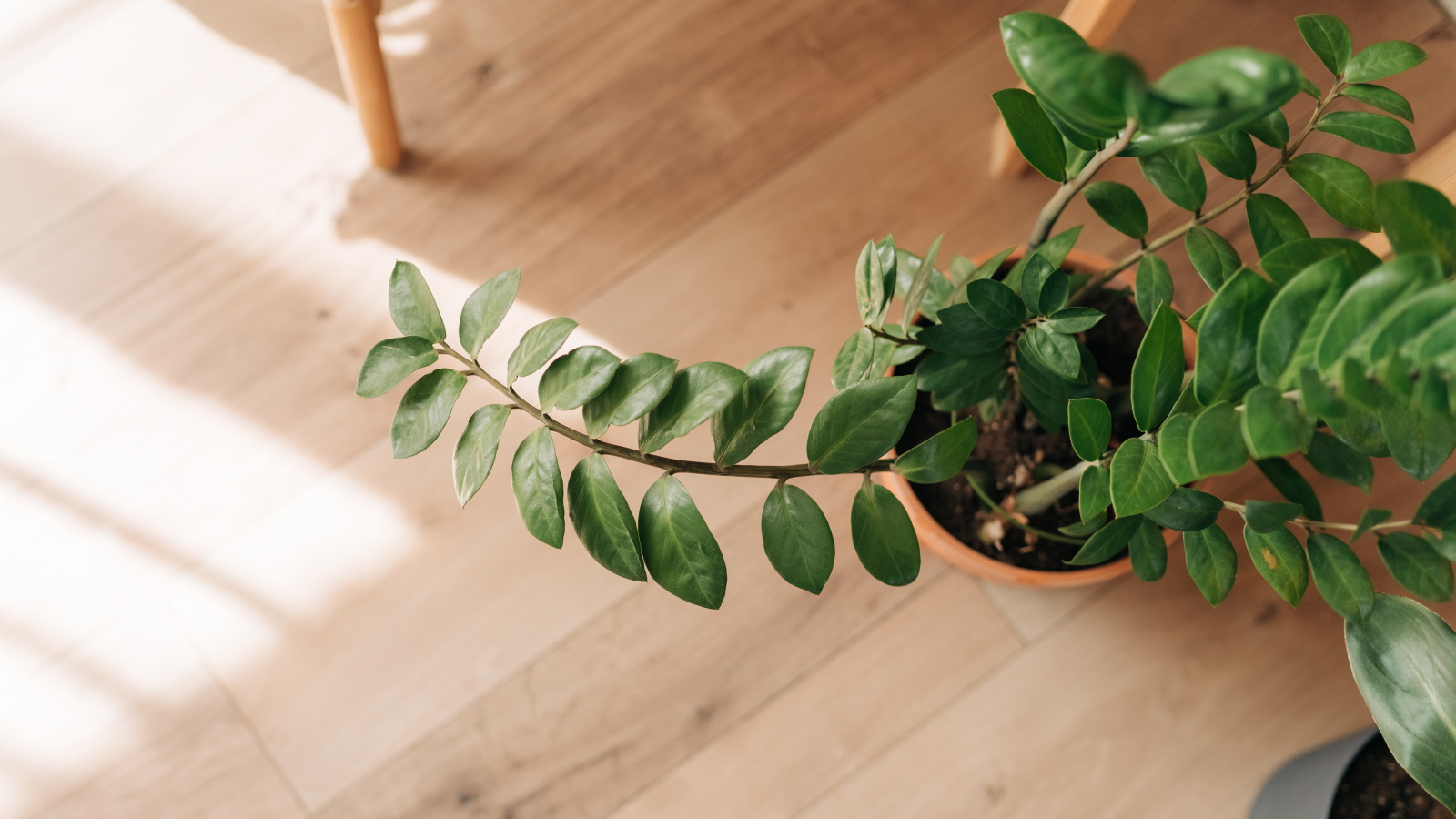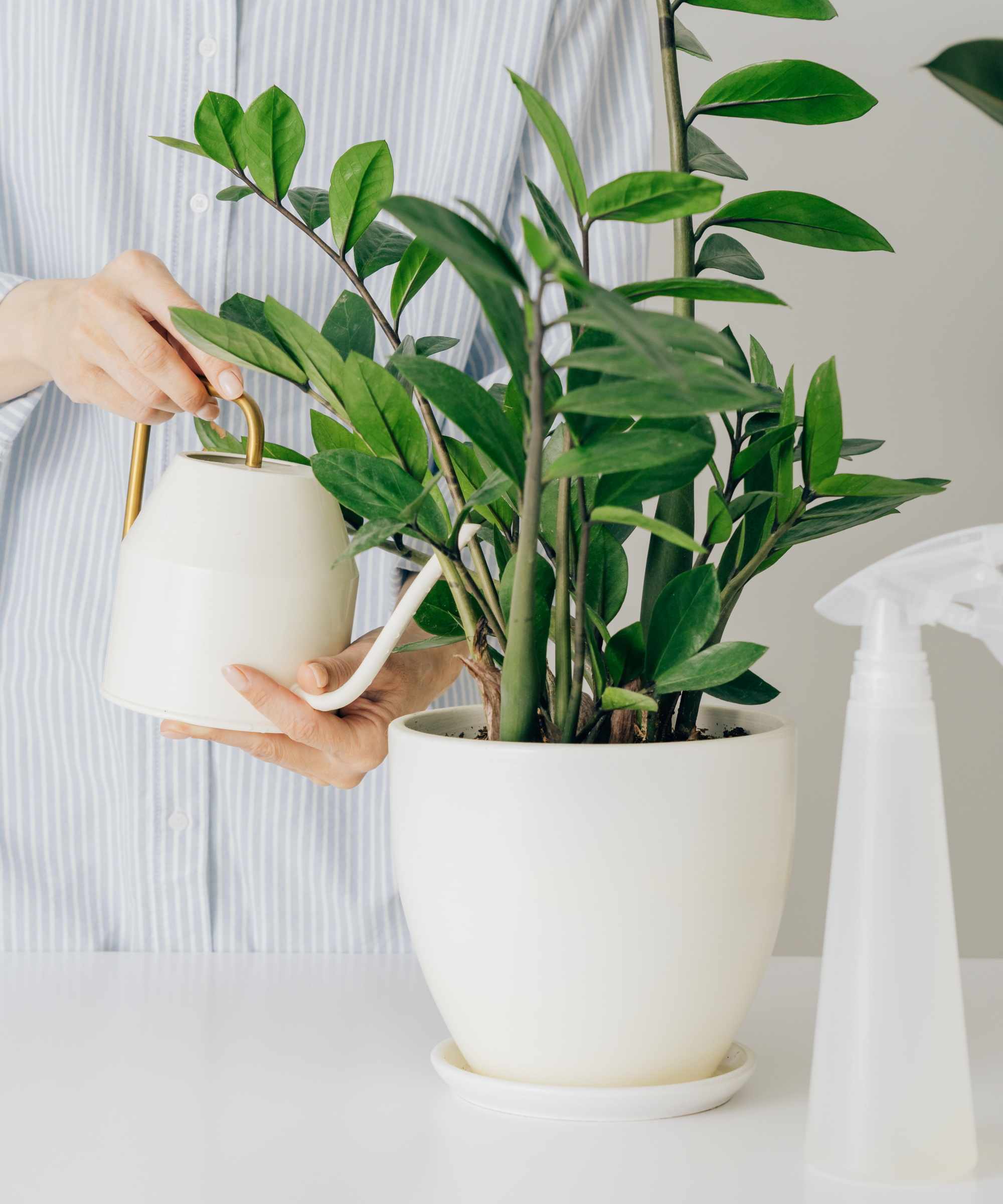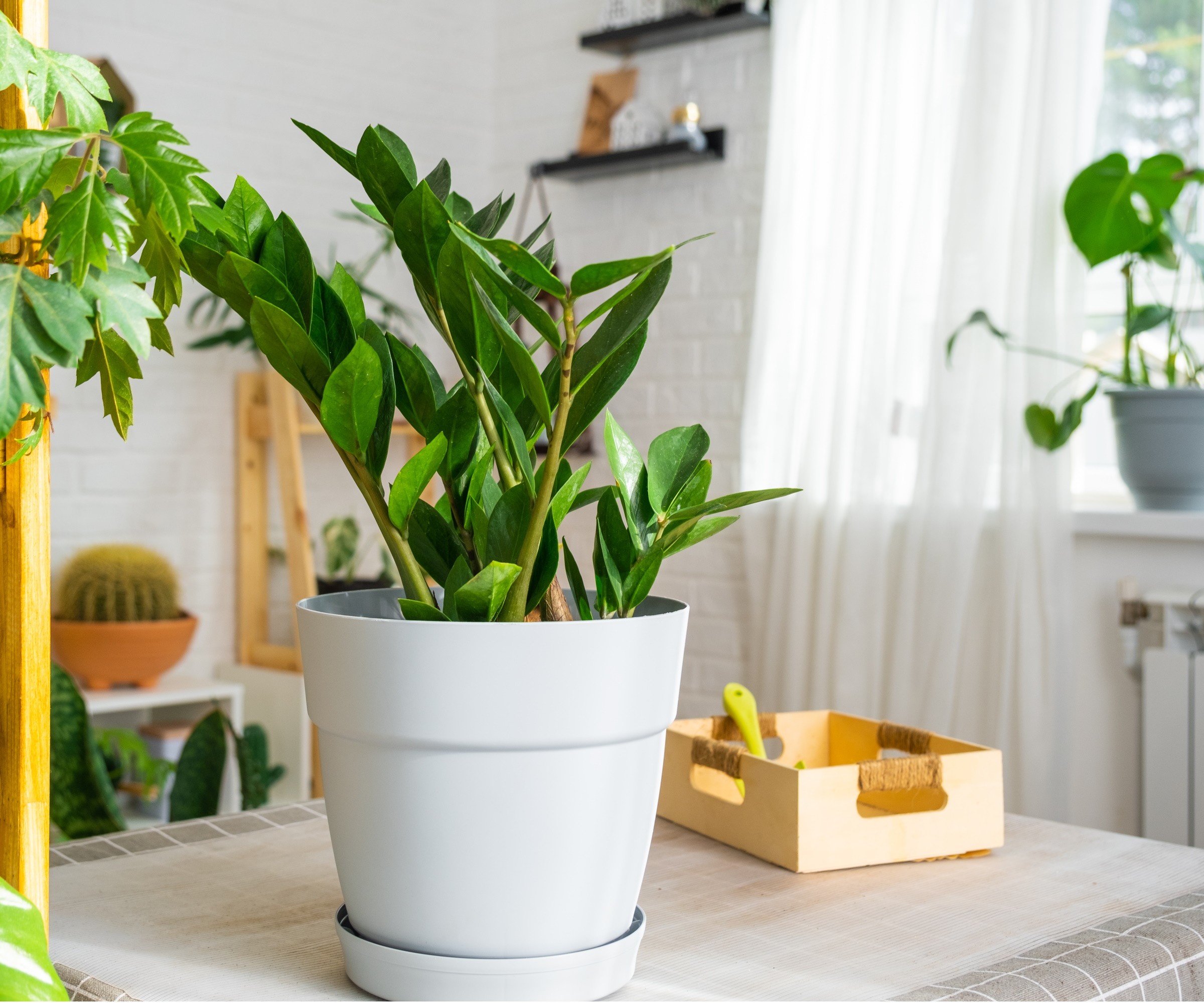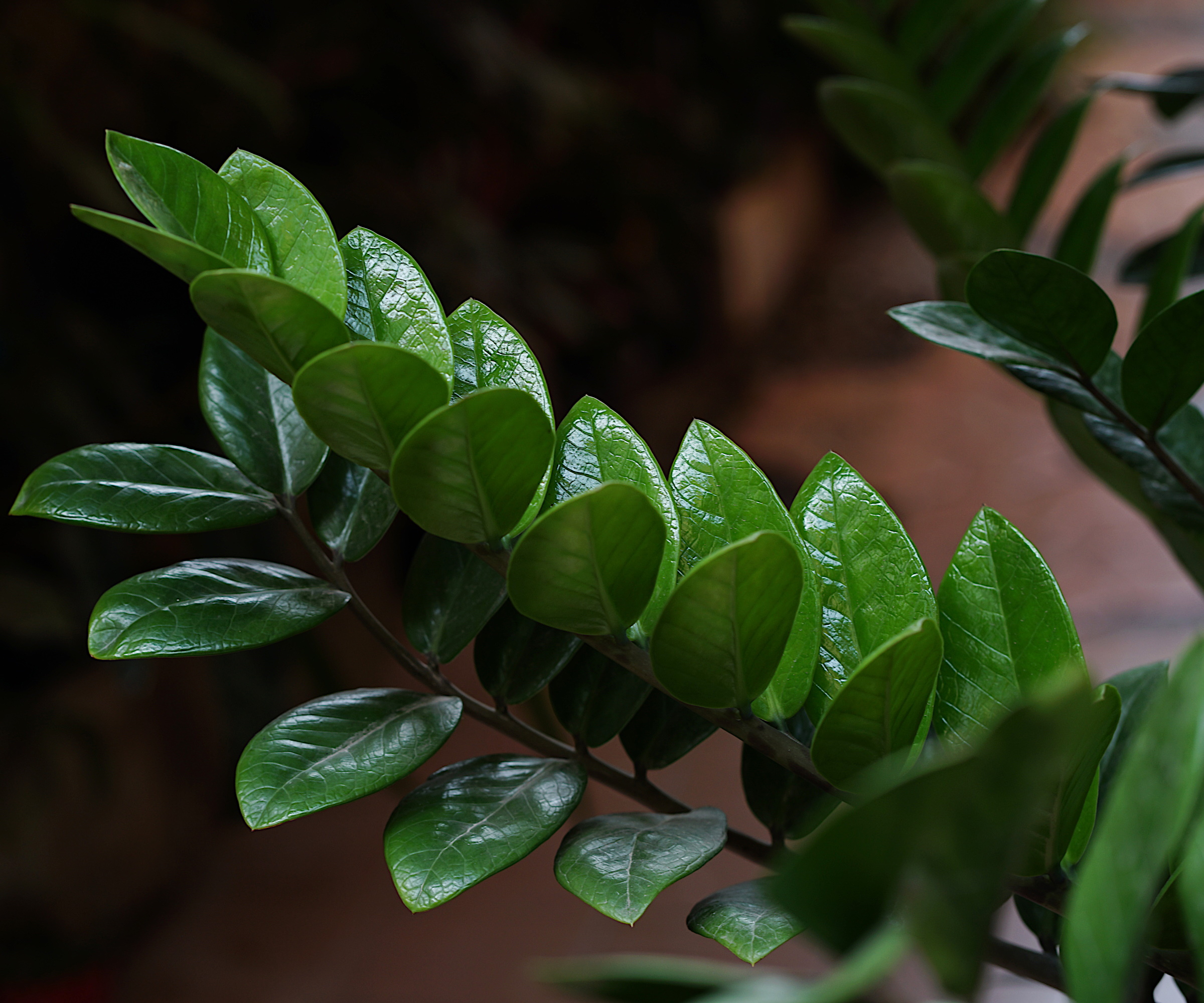Why is my ZZ plant drooping? Experts reveal 3 common causes
These houseplants may be low-maintenance but a lack of essential care can cause their stems to droop


If you love houseplants that look great but don't require lots of attention, you might have opted for a ZZ plant, or Zamioculcas zamiifolia. These hardy houseplants can adapt well to different environments and don't require a lot of effort to keep happy. However, not meeting their basic needs can cause their structural stems to droop.
ZZ plant care is easy because they're low-maintenance indoor plants, but it's still important to provide the right conditions for them to thrive. Not doing so could result in your ZZ plant drooping, which can be a concerning sight.
But don't fret. We've asked experts what causes a ZZ plant to droop and how to rectify it.
Why is my ZZ plant drooping?
There might be a few reasons why your ZZ plant is drooping. However, it can easily be fixed. We asked experts what causes a ZZ plant to droop and what to do to make it happy again.
1. Your ZZ plant is underwatered

The most common reason a ZZ plant is drooping is not correctly watering your houseplant.
'ZZ plants tend to have an upright habit, with thick stems and leaves growing up and out. If your plant is drooping, even slightly, it can be a sign that the plant is thirsty,' says Thomas Rutter, former professional gardener and Gardens Content Editor at Homes & Gardens.
'It is always best to monitor soil levels on a regular basis, so you can water as and when needed,' he adds.
Design expertise in your inbox – from inspiring decorating ideas and beautiful celebrity homes to practical gardening advice and shopping round-ups.
Although ZZ plants are considered quite drought-tolerant, not watering them enough can cause their sturdy stems to droop. You can get away with waiting until the soil is dry before watering again, but make sure to not leave it dry for too long.
You can use a moisture meter, like this soil moisture meter from Amazon, to help monitor water levels in your ZZ plant.

Thomas is a Content Editor within the Gardens Team at Homes and Gardens. He has worked as a professional gardener in gardens across the UK and in Italy, specialising in productive gardening, growing food and flowers.
2. Your ZZ plant needs more drainage

Not only can you underwater your ZZ plant, but you can also overwater it. These plants don't enjoy sitting in waterlogged soil.
'Root rot would be the most likely reason ZZ plant would droop,' says Julie Bawden Davis, indoor plant expert at Healthy Houseplants.
Leaving your ZZ plant in oversaturated soil can lead to houseplant root rot, causing it to droop or even killing it off.
You can improve drainage by adding small pebbles to the bottom of its container or repotting your ZZ plant into a container with drainage holes, like this indoor planter with drainage holes from Amazon.

Julie Bawden Davis is a garden author and University of California Certified Master Gardener, who has written several gardening books, including Indoor Gardening The Organic Way. In addition to running HealthyHouseplants.com, she shares indoor gardening advice on her YouTube channel @HealthyHouseplants.
3. Your ZZ plant needs more light

One of the reasons ZZ plants are loved by plant parents is that they're among the best indoor low light plants and can thrive in shadier spots.
But often 'low light' is mistaken for 'no light,' which is a common indoor plant mistake. Plants that tolerate lower light levels still need sufficient light for growth.
If your ZZ plant is in a spot that is too dark, it won't be able to photosynthesize and you won't see new growth. Instead, you may notice the stems start to droop. It's a good idea to move it to a position with more natural light to keep it thriving.
You can also use grow lights, like this plant grow light from Amazon, to provide your ZZ with extra light if it sits in a shadier position in your home.
FAQs
Should I cut off droopy ZZ plant stems?
A ZZ plant will droop if it isn't growing in optimal conditions. There isn't a need to remove these droopy stems if they are otherwise healthy and undamaged. Simply adjust the growing conditions and care of your ZZ plant and it should start to perk up again. However, if leaves and stems are turning yellow and dying, it's best to cut these back to encourage new growth and give your ZZ plant a boost.
There are a few common reasons that your ZZ plant might be drooping, but it's easy to rectify. Identify the problem, adjust growing conditions accordingly and watch your ZZ plant perk up again.
You might also notice your ZZ plant turn yellow if it isn't growing in optimal conditions or receiving the right care.

Tenielle is a Gardens Content Editor at Homes & Gardens. She holds a qualification in MA Magazine Journalism and has over six years of journalistic experience. Before coming to Homes & Gardens, Tenielle was in the editorial department at the Royal Horticultural Society and worked on The Garden magazine. As our in-house houseplant expert, Tenielle writes on a range of solutions to houseplant problems, as well as other 'how to' guides, inspiring garden projects, and the latest gardening news. When she isn't writing, Tenielle can be found propagating her ever-growing collection of indoor plants, helping others overcome common houseplant pests and diseases, volunteering at a local gardening club, and attending gardening workshops, like a composting masterclass.